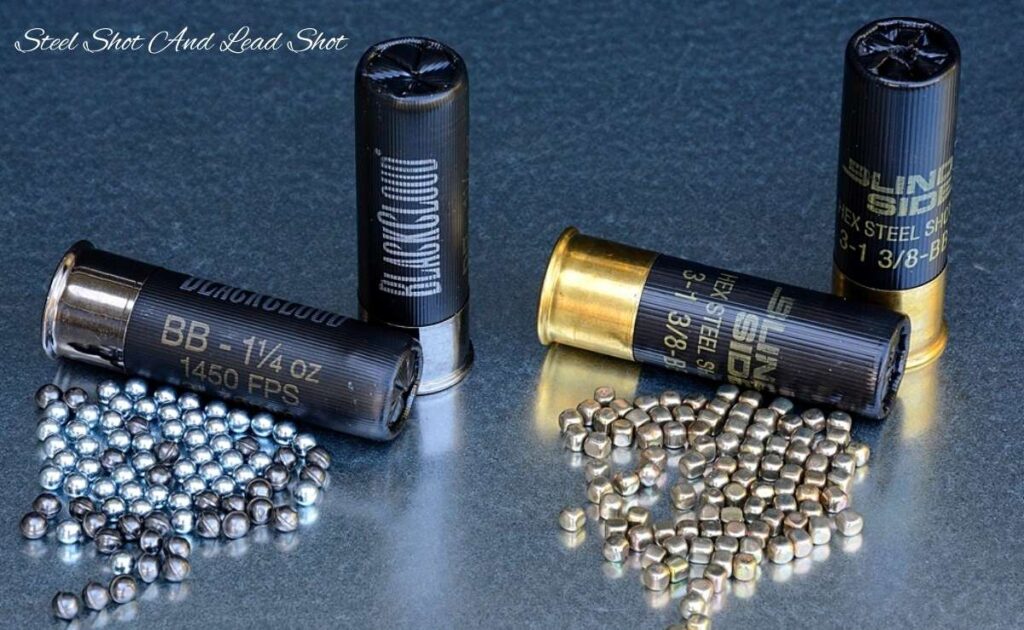You Can Choose The True Statement About Steel Shot Versus Lead Shot
As steel is less dense than lead pellets it could be said that birds would not be killed cleanly because of its less energy. Steel carries more pellets per unit of weight than lead does, resulting in loads that include more shots than is necessary. Use a shot that is one or two sizes larger than the lead shot size to make up for the decreased weight.
Lead shot is softer than steel because the steel penetrates more effectively and doesn’t produce feather balls to clog the wound channels, birds may bleed more freely.
Steel shot has denser shot patterns and less spread, which reduces the room for mistakes in gun handling and trigger time. Use a modified or enhanced cylinder choke, rather than a full choke, to make up for it by utilizing a more open choke. For shots closer to 50 yards, this is especially true.
Steel particles used as abrasives or peening mediums are known as steel abrasives. They are often offered in short and grit shapes that cater to various industrial applications. Steel shot is a term for spherical grains that are produced by atomizing (or “granulating”) molten steel and come in a range of sizes and hardnesses.
Steel grit is distinguished by granules that have a mostly angular shape. These grains have fractured portions and sharp edges since they were produced by crushing steel shot. It is also available in a variety of diameters and hardnesses and is harder than steel shot.
Quality Of Steel Shots
The majority of steel abrasives are constructed from high-carbon steel, which offers the optimum balance of mechanical qualities, effectiveness, and durability. For Steel Abrasives grain size, cleanliness and toughness are the key factors.
Last Shot And Its Applications
Depending on the application, lead balls of various diameters make up the lead shot.
Although there are various other uses, including those listed below, the primary use nowadays is as a projectile in shotguns. Early rifles and muskets both employed lead shot as their ammunition. Lead alloys are created by adding various amounts of antimony to lead shot in order to regulate the hardness of the shot used in shotgun shells.
To improve pattern density and boost shot penetration into the target, lead shot may also be nickel-plated. The tougher, non-porous shell that nickel plating offers reduces pellet deformation.

